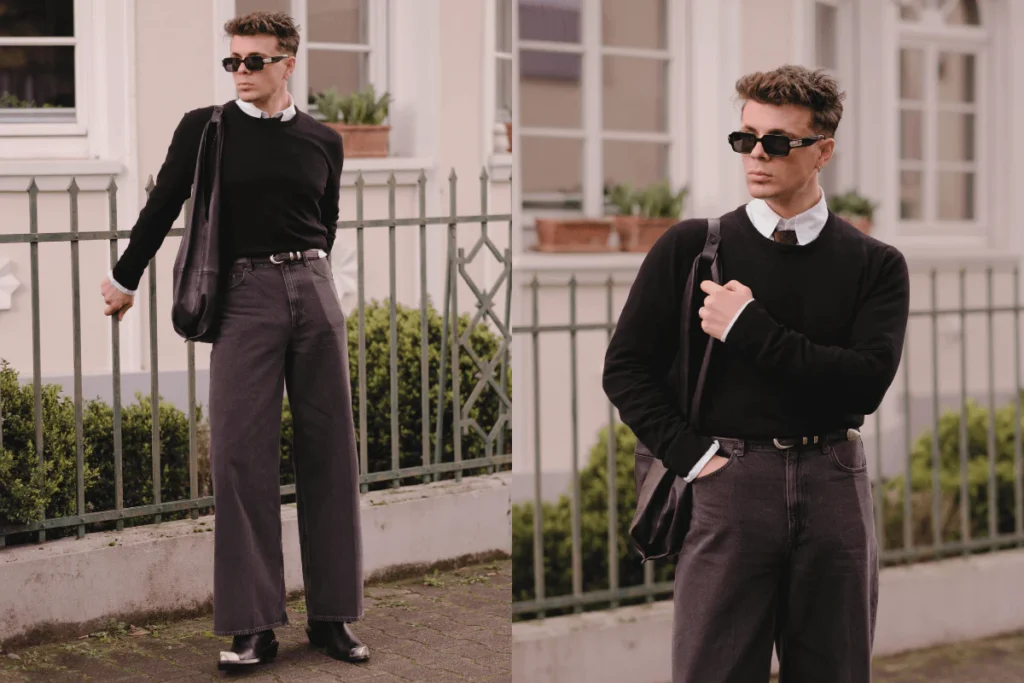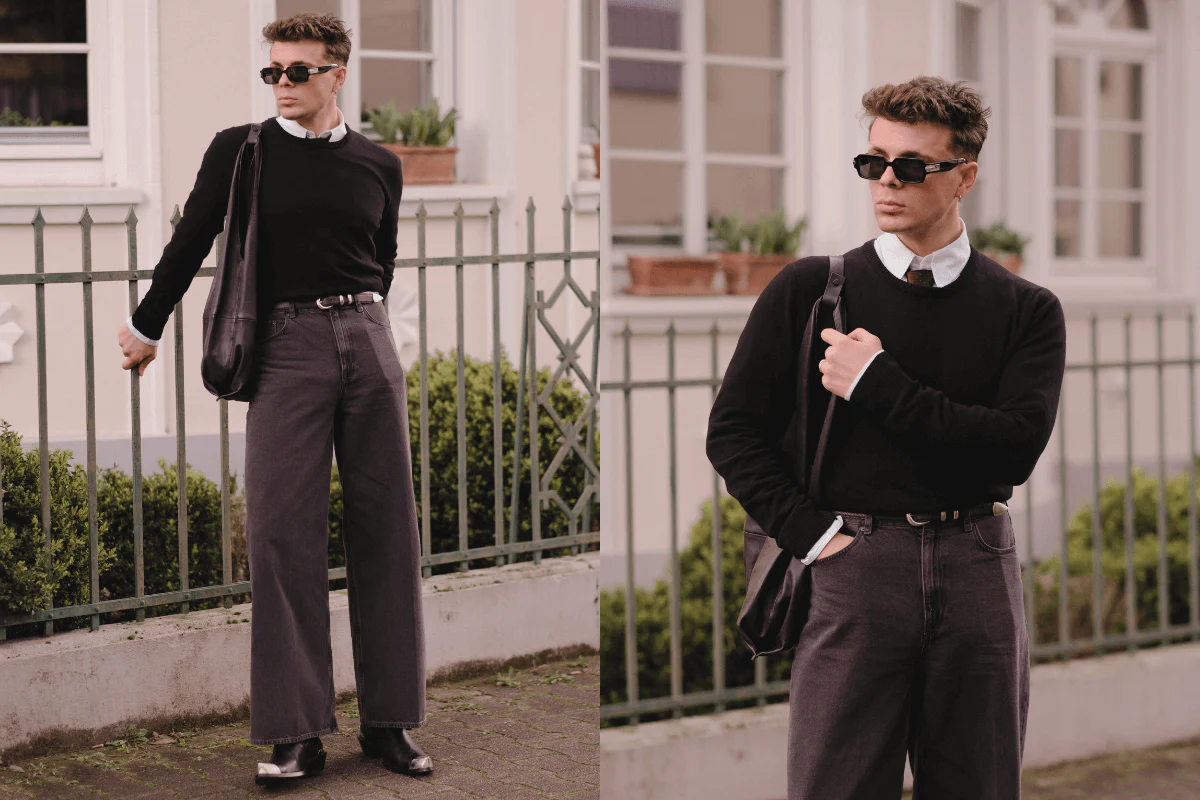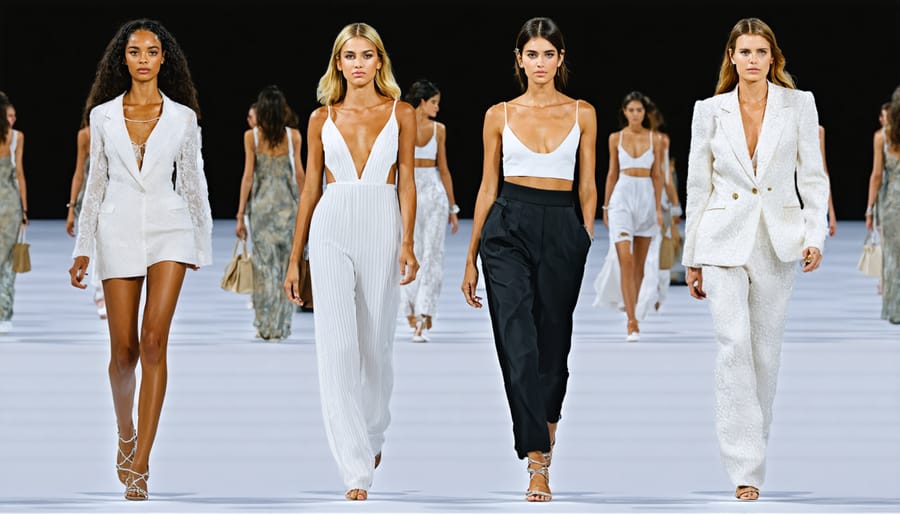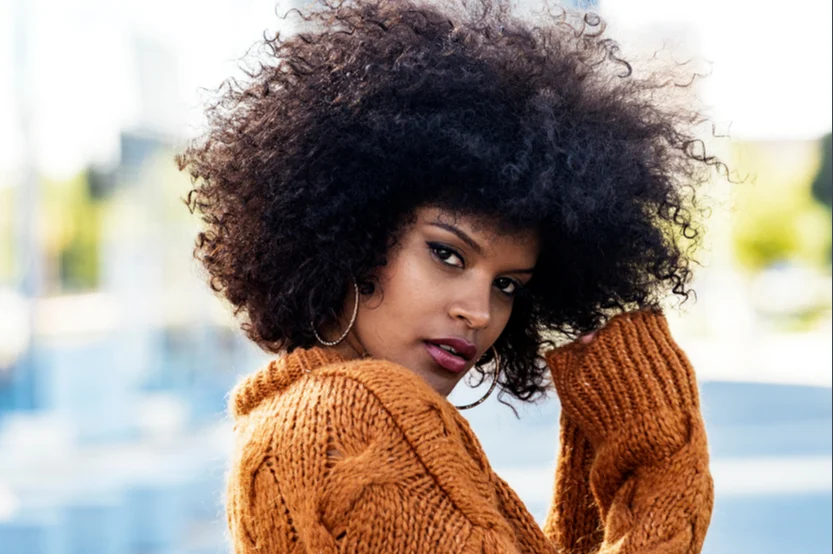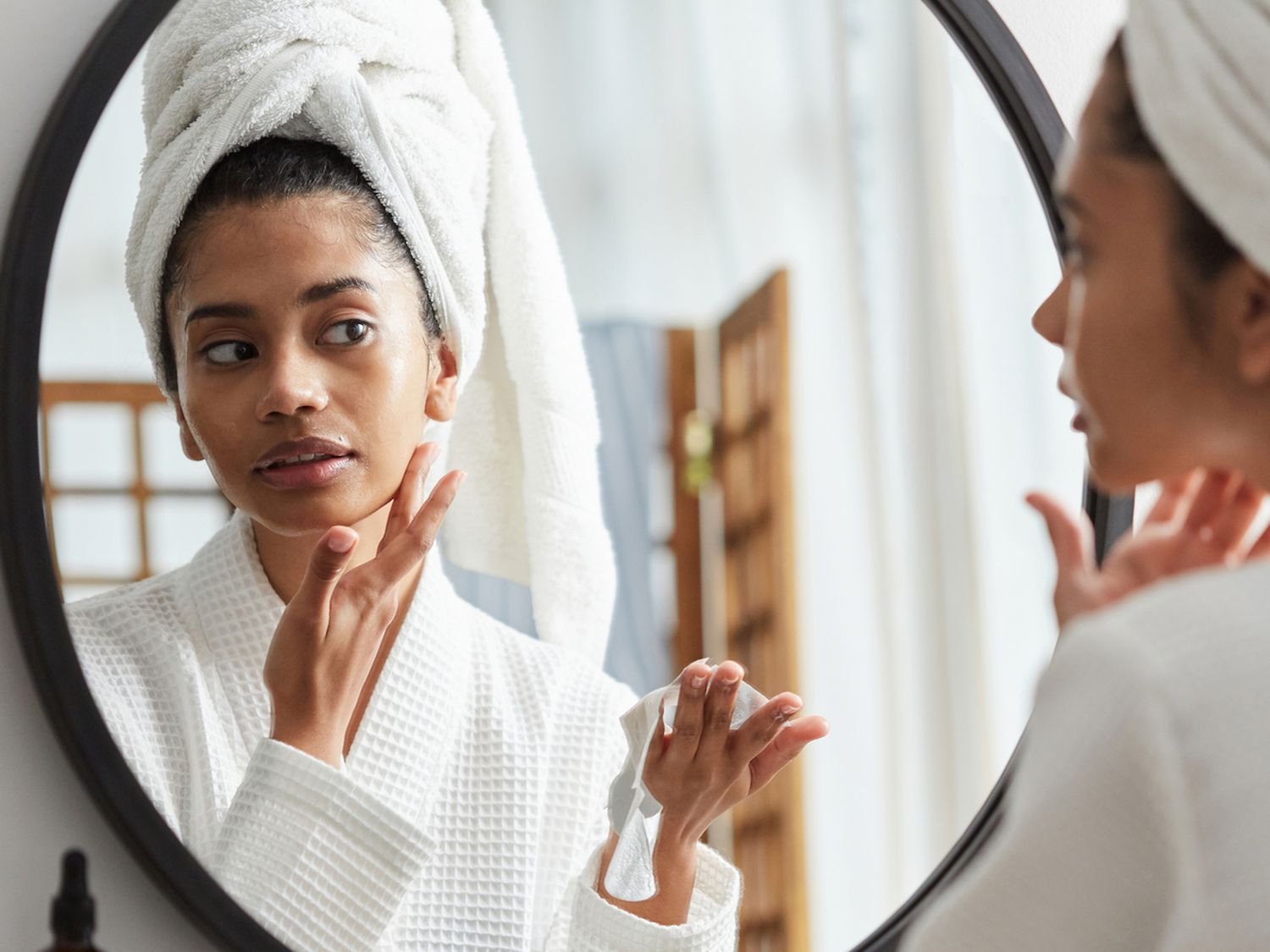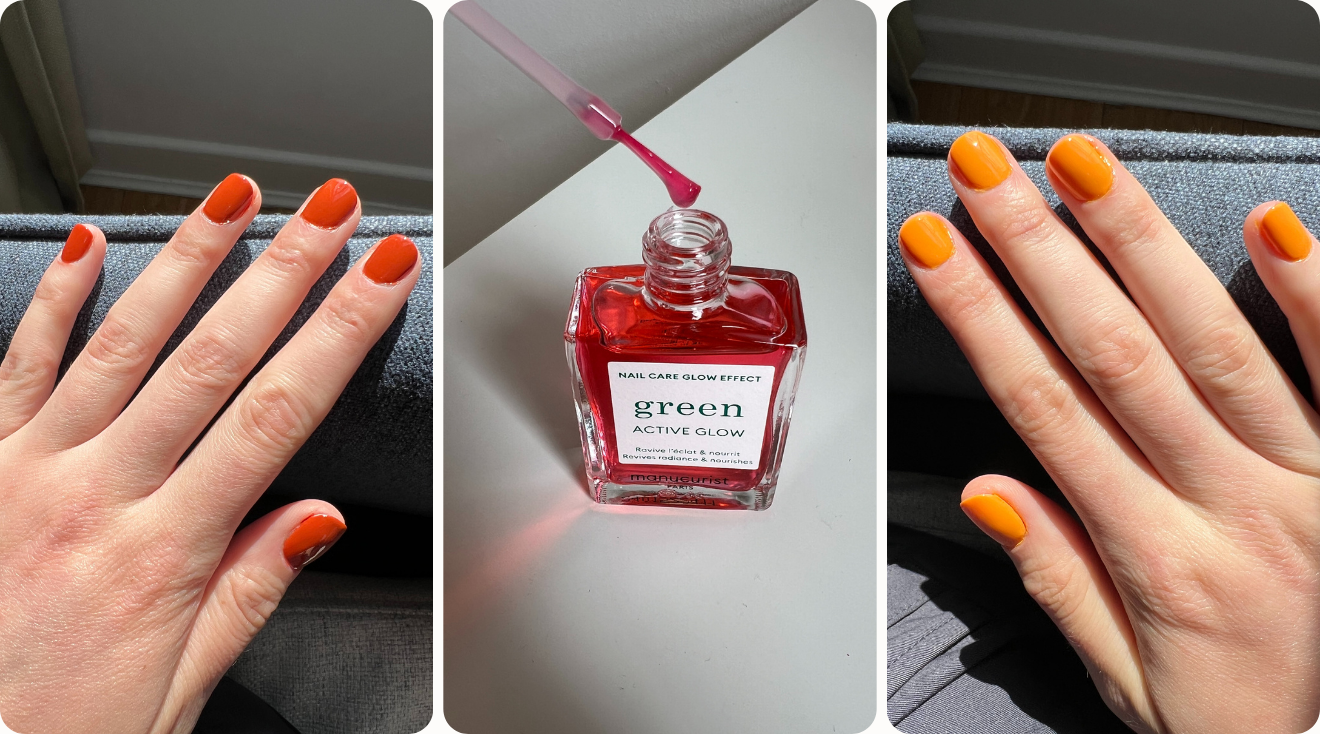In a world driven by social media trends and fast fashion hauls, a new aesthetic is emerging—one that speaks softly but carries immense power. Quiet Luxury Style is not about flashy logos or trend-chasing; it’s about timeless elegance, high-quality materials, and understated sophistication. This refined style appeals to those who value discretion, craftsmanship, and authenticity over excess and noise.
What is Quiet Luxury Style?
Quiet luxury is a fashion philosophy centered around subtle sophistication. Rather than overt displays of wealth through designer labels and loud prints, this style focuses on clean lines, impeccable tailoring, and luxurious fabrics. It whispers confidence through craftsmanship rather than shouting status with branding.
Think of cashmere coats, crisp cotton shirts, tailored trousers, and minimalist leather accessories. The value lies not in the visibility of the brand, but in the fabric, fit, and function of each piece.
Key Elements of Quiet Luxury Style
The table below outlines the core components of quiet luxury:
| Element | Description |
|---|---|
| Neutral Palette | Dominated by whites, beiges, grays, and blacks to create a timeless feel. |
| High-Quality Fabrics | Emphasis on cashmere, silk, wool, linen, and organic cotton. |
| Tailoring | Structured yet relaxed silhouettes with clean, precise cuts. |
| Minimal Branding | Logos are either hidden or completely absent. |
| Timeless Design | Pieces are made to last beyond trends and seasons. |
Why Quiet Luxury is on the Rise
1. Rejection of Fast Fashion
Consumers are increasingly aware of the environmental and ethical issues tied to mass-produced clothing. Quiet luxury offers a sustainable alternative that promotes longevity over disposability.
2. Post-Logo Culture
Today’s consumers, especially Gen Z and Millennials, are more focused on value and authenticity. Flashy logos are being replaced with subtle design cues and elevated materials.
3. Digital Fatigue
In a digital age dominated by constant noise, quiet luxury reflects a broader cultural shift toward simplicity and mindfulness. It offers a sartorial escape from the chaos of overstimulation.
4. Economic Confidence
Quiet luxury has long been associated with “old money” style—an expression of wealth that doesn’t need to be announced. It represents confidence in one’s taste and financial position without the need for validation.
Quiet Luxury vs. Loud Luxury
| Feature | Quiet Luxury | Loud Luxury |
|---|---|---|
| Branding | Minimal or none | Prominent logos and labels |
| Colors | Neutral and muted tones | Bright, eye-catching colors |
| Focus | Craftsmanship and material | Brand identity and status symbols |
| Longevity | Timeless, seasonless pieces | Trend-driven, often short-lived |
| Appeal | Discreet elegance | Bold, attention-grabbing looks |
Quiet Luxury and Age-Inclusive Fashion
One of the most empowering aspects of quiet luxury is its age-inclusivity. Unlike trends that cater predominantly to youth, quiet luxury is rooted in Age-Inclusive Fashion, offering elegant options for all age groups. A silk blouse, a tailored blazer, or a structured dress looks just as refined on a 25-year-old as it does on someone in their 60s.
This style transcends generational boundaries because it prioritizes fit, comfort, and quality—key elements that resonate across ages. Whether you’re building a capsule wardrobe in your 30s or reinventing your style in your 50s, quiet luxury offers a stable and sophisticated foundation.
How to Build a Quiet Luxury Wardrobe
1. Invest in Staples
Start with versatile basics: white shirts, tailored trousers, neutral knitwear, and quality outerwear. Choose pieces that can be mixed and matched with ease.
2. Prioritize Quality over Quantity
Focus on craftsmanship. One well-made blazer is more valuable than five trendy jackets that won’t last the season.
3. Neutral Color Palette
Build your wardrobe around a soft color scheme. This not only ensures cohesion but also amplifies the timeless feel of your outfits.
4. Avoid Visible Logos
Choose items that don’t rely on branding to make a statement. Let the texture, structure, and elegance of the piece speak for itself.
5. Tailor Your Clothes
Even the best garment can fall flat without the right fit. Invest in tailoring to make each piece feel custom-made.
FAQs
What brands are known for quiet luxury?
Brands like The Row, Loro Piana, Brunello Cucinelli, Jil Sander, and Totême are often associated with quiet luxury. These brands prioritize material, craftsmanship, and design over branding.
Can quiet luxury be affordable?
Yes. While the aesthetic is associated with high-end fashion, the principles of quiet luxury—neutral colors, clean cuts, and quality basics—can be adopted at various price points. Look for well-constructed, timeless pieces from mid-range or sustainable brands.
Is quiet luxury only for formal wear?
Not at all. Quiet luxury extends into casual and even athleisure categories. Think luxe loungewear, elevated basics, and minimal sneakers—all designed with simplicity and refinement in mind.
How does quiet luxury relate to sustainability?
Quiet luxury promotes thoughtful consumption. Instead of buying trendy pieces each season, consumers invest in a few high-quality items that last for years. This reduces waste and supports sustainable fashion practices.
Is quiet luxury just a trend?
While currently popular, quiet luxury is more of a philosophy than a trend. It focuses on enduring values like quality, craftsmanship, and personal taste, which have always been relevant in fashion and will likely continue to be.
Conclusion
Quiet Luxury Style is more than a fashion statement—it’s a mindset. In a world obsessed with attention and validation, it dares to remain calm, collected, and confident. By focusing on craftsmanship, subtlety, and timeless elegance, this style stands as a powerful counterpoint to the noise of modern fashion.
Whether you’re a minimalist at heart or simply seeking a more refined, enduring wardrobe, quiet luxury offers a sustainable, age-inclusive, and sophisticated path forward. It’s not about being seen—it’s about being remembered for the right reasons.

